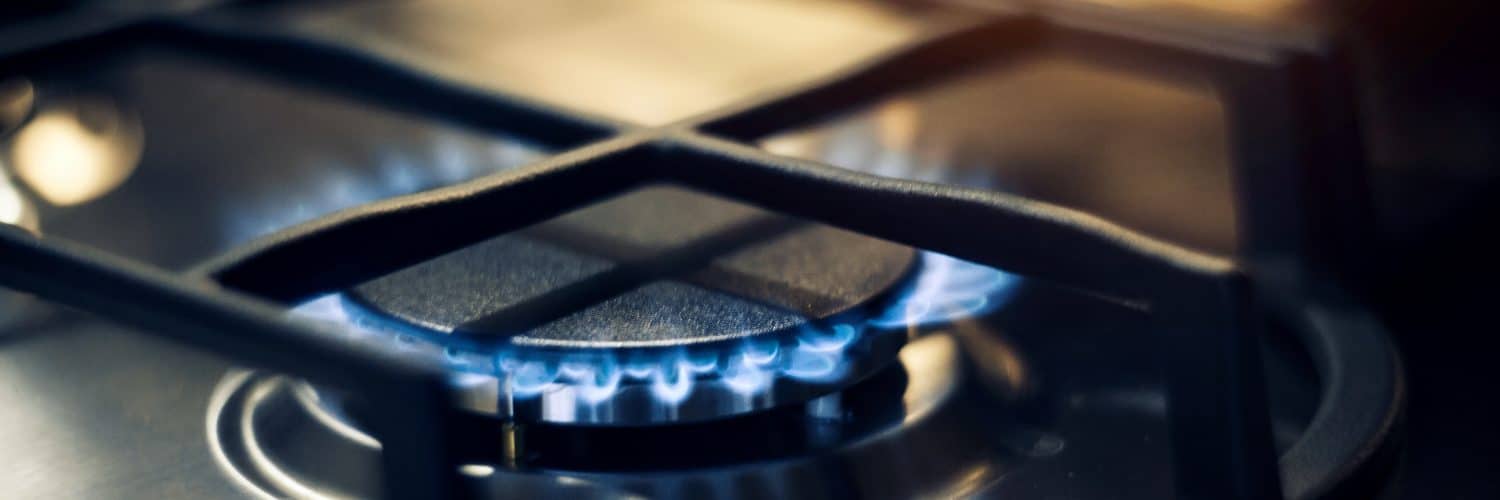Henry Hub natural gas futures have rebounded, pushing back above US$7/MMBtu as of 2:30pm EDT Thursday afternoon, after falling to a near 12-week low of US$6.305/MMBtu on Monday. With power generation levels recovering from Hurricane Ian and cooler weather coming, prices are edging higher despite increased US production. High coal prices are elevating demand for gas-fired generation, which will keep competition tight between coal and gas this winter. It is expected the Freeport LNG export facility in Texas, that has been offline since the June 8th explosion, will return to at least partial service in early to mid-November. The shutdown has forced an additional ~2.0 Bcf/d to remain in the US, helping to reduce extremely low domestic storage levels. The US will be exporting the maximum amount of liquified natural gas (LNG), as the geopolitical pressures from Russia have increased European demand for natural gas. European gas storage capacity is 89.6% full, above the October 1st target of 80% set by the European Union, and 15% above storage levels last year at this time. As reported by the International Energy Agency (IEA), Global LNG trade growth is set to continue at 5% in 2022 and further increase by 4% in 2023.
The EIA estimated working gas storage was 3,106 Bcf for the week ending September 30th, following an overall injection of 129 Bcf, exceeding market expectations averaging 111 Bcf and above the five-year average build of 87 Bcf. This is the third triple-digit injection in a row, with storage levels now 5% below year-ago levels and, relative to the five-year average, 7.8% less.
In Canada, the September AECO 5a spot rate settled at C$4.02/GJ, while the September Dawn Next Day weighted average index rate settled at C$8.75/GJ. Compared to August, September spot prices decreased 14% at Dawn, whereas prices increased 50% at AECO; prices in August were suppressed due to pipeline constraints. Prompt-month futures for AECO are trading at C$5.80/GJ, while Dawn is trading at C$8.39/GJ. Prices have fallen, with week-over-week decreases of $0.03/GJ and $0.02/GJ at AECO and Dawn, respectively. Point Logic reports Canadian natural gas storage for the week ending September 30th was sitting at 591 Bcf, after an overall injection of 13 Bcf. Eastern Canadian storage had an injection of 8 Bcf, and Western Canadian storage had an injection of 5 Bcf. Storage levels are now 10% below the 5-year average and 13% below storage levels last year at this time. Canadian storage is 68% full, with Eastern storage levels now at 90% of capacity and Western storage 59% full. An injection of 11 Bcf is expected for the week ending tomorrow.
– Karyn Morrison, Energy Advisor








Add comment